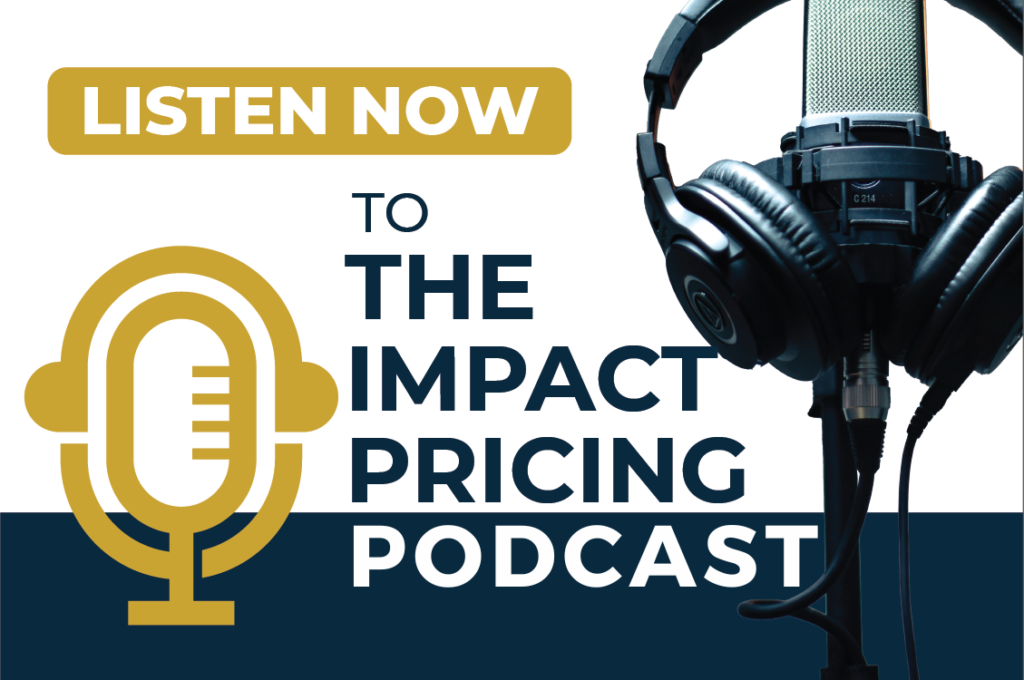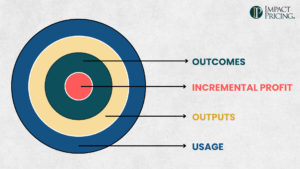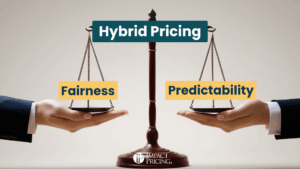In pricing conversations, we often treat value and willingness to pay interchangeably. They are closely related, but they are not the same. Every pricing and business professional should understand three distinct concepts: value, perceived value, and willingness to pay.
Let’s begin with value. In B2B, I define value as the incremental profit a buyer will earn using your product or service. Think of this as truth! It is objective. It can be modeled, measured, and often proven. If your product reduces costs, increases revenue, improves productivity, or prevents losses, that change can usually be translated into dollars. That is value.
However, value only matters if the buyer believes it. Buyers do not act on actual value. They act on what they think is true. That is why we need to talk about perceived value. Perceived value is the incremental profit the buyer thinks they will gain. It is their mental model of the outcome they expect. It may align with the actual value, or it may fall short. It may even exceed it, depending on how clearly and convincingly your team communicates the expected results. It’s not enough to have a great product. You only get paid well for it when the buyer knows it’s great.
The gap between value and perceived value is usually caused by one of three things. The buyer:
- Not fully understanding your offer
- Not believing the results will happen, or
- Not connecting those results to real profit in their own business.
The actual value is there in all three cases, but the buyer’s perception is incomplete or inaccurate. Selling value is the process of closing this gap by translating outcomes into profit in a way that resonates with the buyer’s specific situation.
And even perceived value is not the final word in pricing. Buyers do not pay based solely on what they believe they will gain. They pay based on what they are willing to give up. That is where willingness to pay comes in.
Willingness to pay is the maximum price a buyer is willing to accept. It is a portion of perceived value, but it also reflects emotional and political factors that have nothing to do with logic or profit. A buyer might be willing to pay more simply because they have a strong relationship with the salesperson. Or because they want to be seen internally as someone who gets things done. Or because the timing is right and they are under pressure to solve a problem quickly. These are not rational calculations, but they are real and drive purchasing behavior.
When you think about pricing, picturing these three concepts as a sequence is helpful. Value comes first. That is what your product or service is capable of delivering. Perceived value is what the buyer understands and believes. Willingness to pay is the price they are actually willing to pay, shaped by perception, emotion, and of course, context.
Sellers create value through their product. They shape perceived value through messaging and conversation. They recognize and influence willingness to pay through context. Selling value lives in the space between what a product can do and what a buyer believes it will do. Master that space, and you’re on your way to mastering pricing.
If you’d like help with selling value or context-driven pricing, reach out. It’s what we do.
Share your comments on the LinkedIn post.
Now, go make an impact!
 Tags: perceived value, pricing, value, willingness to pay
Tags: perceived value, pricing, value, willingness to pay













